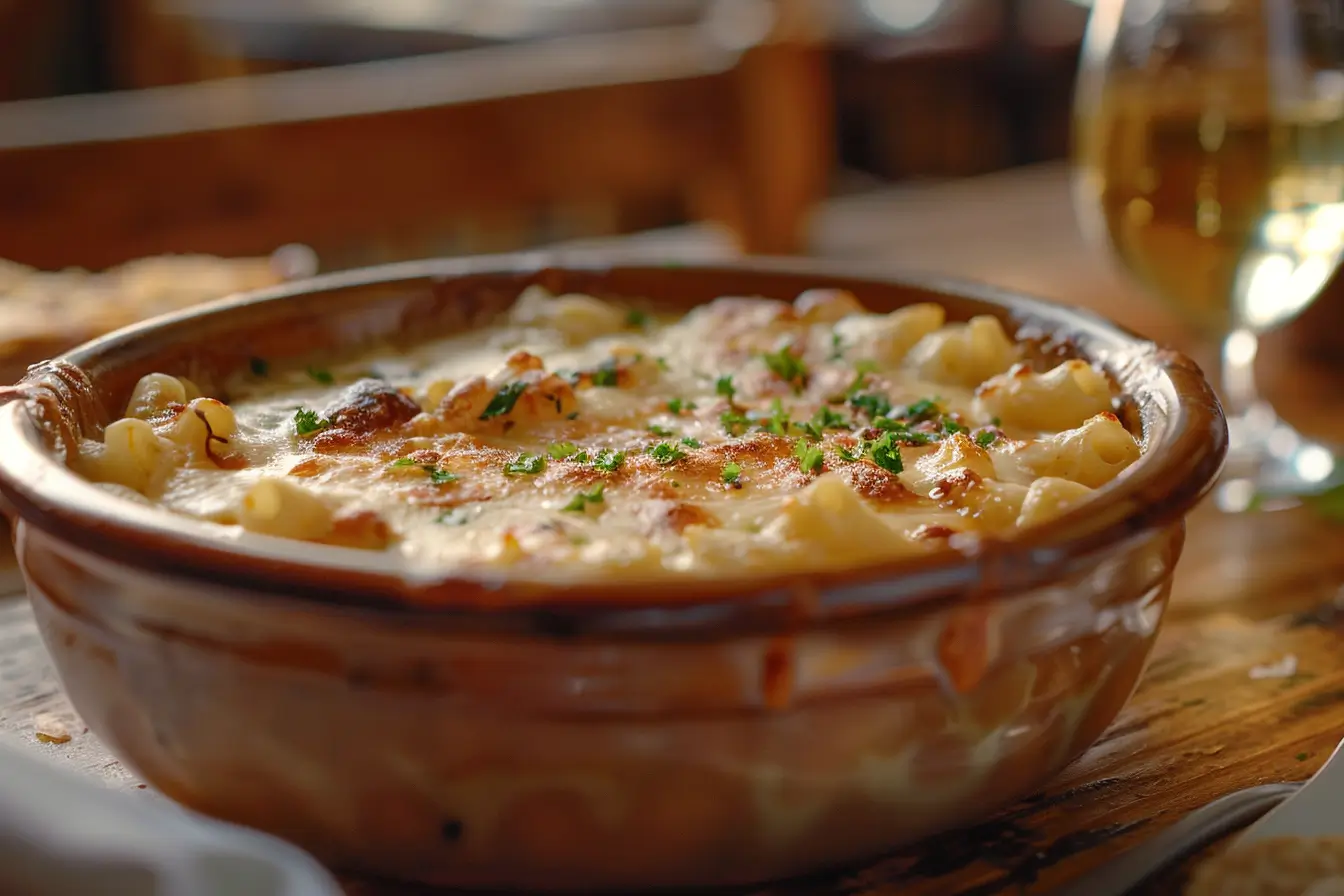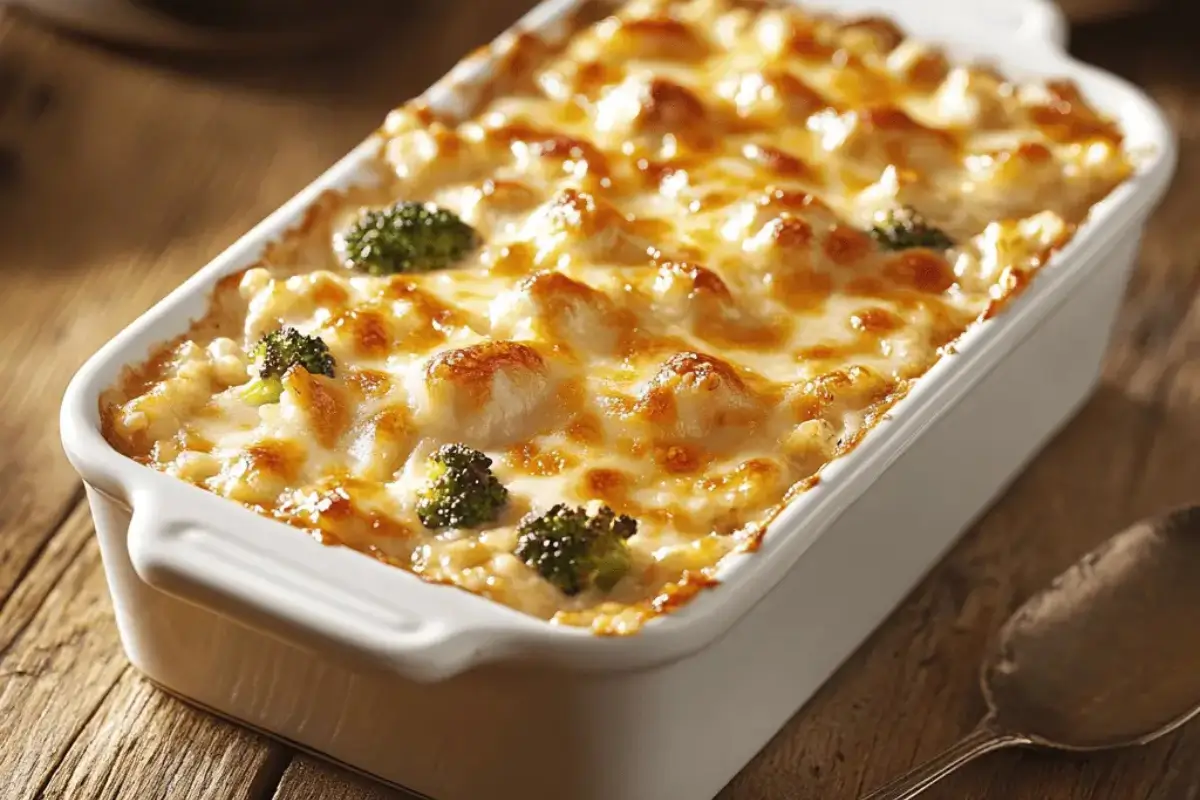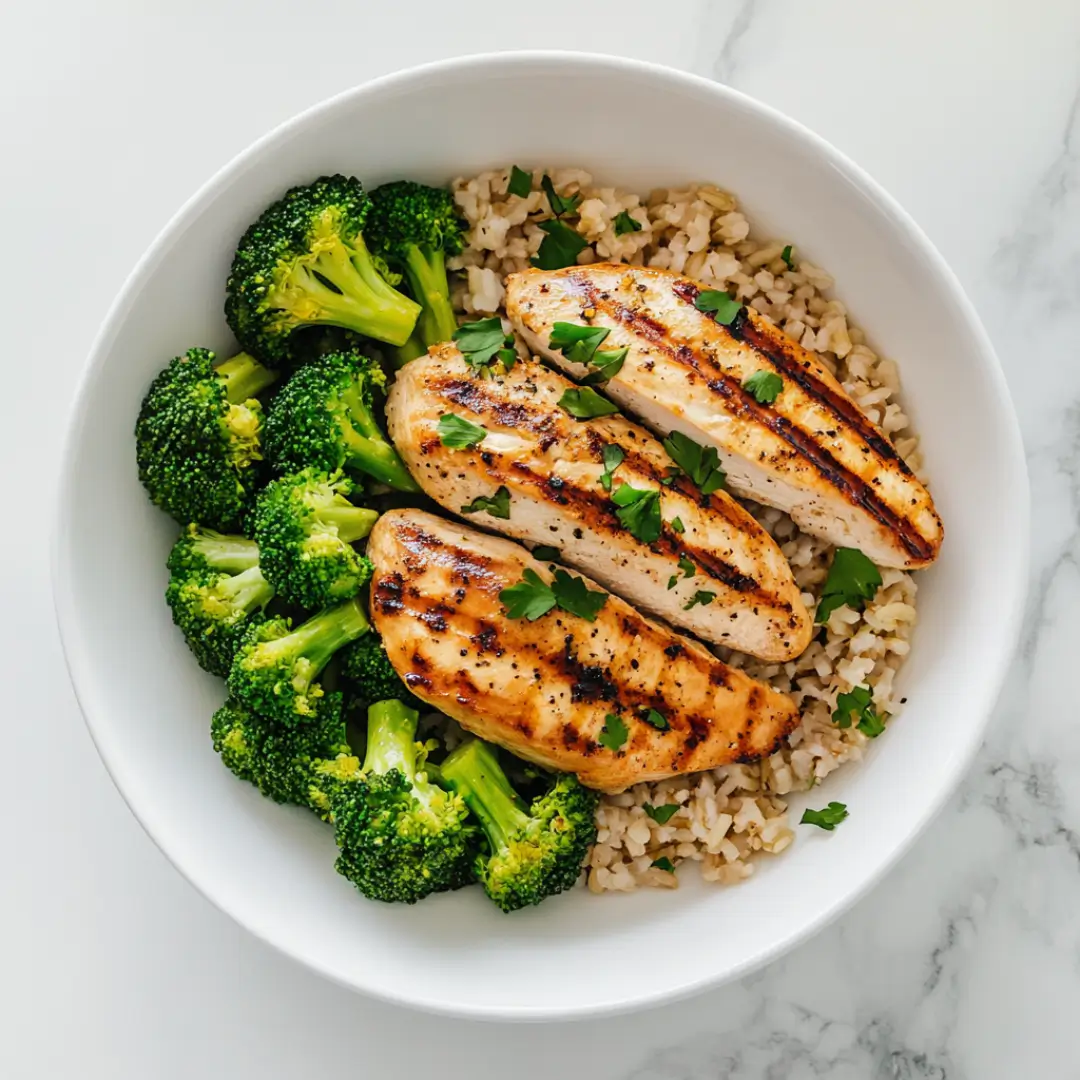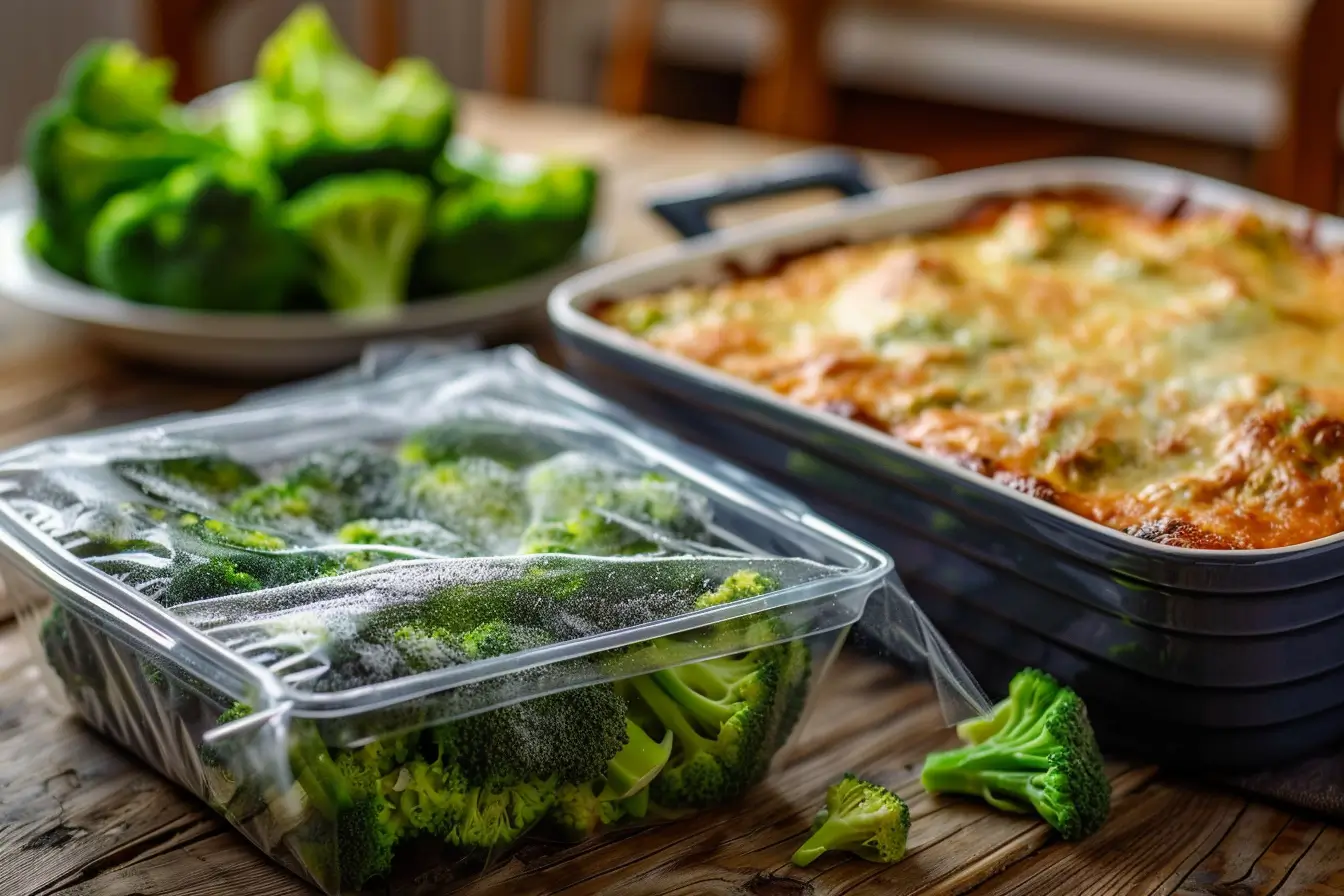Introduction
Mac and cheese is one of the most beloved comfort foods in the world. Its creamy, cheesy goodness makes it a staple in households and restaurants alike. But when a world-renowned chef like Gordon Ramsay puts his twist on this classic dish, food lovers pay attention. One of the biggest questions people ask is: What cheese does Gordon Ramsay use for mac and cheese?
Ramsay, known for his high standards and expert techniques, doesn’t settle for just any cheese. His choice of ingredients is always intentional, ensuring a perfect balance of flavor and texture. In this article, we’ll uncover the cheese selection in Ramsay’s mac and cheese, explore the science behind the best cheese choices, and reveal expert tips for achieving the creamiest, most flavorful dish.
Gordon Ramsay’s Signature Mac and Cheese Recipe
Gordon Ramsay’s take on mac and cheese is anything but ordinary. While many home cooks stick to traditional cheddar, Ramsay elevates the dish with a carefully curated cheese blend that enhances both flavor and texture.
Why is Gordon Ramsay’s Mac and Cheese Special?
Unlike the standard mac and cheese recipe, Ramsay’s version includes a rich, creamy cheese sauce, a combination of different cheeses, and additional ingredients like spices and herbs to enhance the dish. He often emphasizes the importance of using high-quality, full-flavored cheese to create a mac and cheese that is indulgent and restaurant-worthy.
What Cheese Does Gordon Ramsay Use?
Gordon Ramsay has been known to experiment with different cheese combinations depending on the version of mac and cheese he’s making. However, the most common cheeses he incorporates include:
- Sharp Cheddar: A staple in mac and cheese, it provides a bold, tangy flavor and a smooth melting texture.
- Gruyère: This Swiss cheese adds a nutty depth to the dish and enhances creaminess.
- Parmesan: Often used for extra umami flavor, Parmesan gives a slightly salty and sharp contrast.
- Fontina: A mild, creamy cheese that melts beautifully and complements the stronger flavors of cheddar and Gruyère.
By blending these cheeses, Ramsay achieves a mac and cheese that is both rich in flavor and perfectly smooth in texture.
The Science Behind the Perfect Mac and Cheese Cheese
What Makes a Cheese Ideal for Mac and Cheese?
Not all cheeses are suitable for mac and cheese. The best ones must meet three main criteria:
- Good Melting Properties: Cheese that melts smoothly creates the creamy consistency mac and cheese is known for.
- Rich Flavor: A well-balanced cheese selection ensures the dish is flavorful and satisfying.
- Proper Fat Content: Cheese with the right fat balance prevents a greasy texture.
Best Melting Cheeses for a Creamy Texture
The key to creamy mac and cheese is choosing cheeses that melt well without becoming greasy or clumpy. Here are some of the best choices:
| Cheese Type | Characteristics |
|---|---|
| Cheddar | Sharp, tangy, smooth melting |
| Gruyère | Nutty, slightly sweet, creamy texture |
| Fontina | Buttery, mild, excellent melting properties |
| Monterey Jack | Mild, creamy, great for mixing with stronger cheeses |
| Mozzarella | Mild, stringy melt, best when mixed with other cheeses |
Cheeses like Gruyère and Fontina have higher moisture content, making them ideal for a silky-smooth cheese sauce.
Aged vs. Fresh Cheese – Which Works Best?
Many people wonder if aged cheese is better than fresh cheese for mac and cheese. The answer depends on the desired texture and flavor.
- Aged Cheese: Provides a stronger, more pronounced flavor but can sometimes be grainy if not mixed with a good melting cheese.
- Fresh Cheese: Offers better meltability but may lack the deep flavor profile of aged varieties.
For the best results, combining one aged cheese for flavor (like Parmesan or Gruyère) with a smooth-melting cheese (like Fontina or Monterey Jack) creates the perfect balance.
What Cheese Makes the Best Mac and Cheese? (Expert Picks)
Top Cheeses for Ultimate Creaminess
The following cheeses are frequently recommended by professional chefs for making ultra-creamy mac and cheese:
- Brie: Offers a luxurious, buttery texture.
- Havarti: Mild and ultra-smooth when melted.
- Cream Cheese: While not a traditional cheese for mac and cheese, adding a small amount enhances creaminess.
Best Cheese Combinations for Rich Flavor
For the most flavorful mac and cheese, expert chefs often blend multiple cheeses. Some of the best combinations include:
- Cheddar + Gruyère + Parmesan (Rich, bold, slightly nutty)
- Fontina + Mozzarella + Havarti (Super creamy, mild, and smooth)
- Brie + Monterey Jack + Cheddar (Ultra-rich with a buttery touch)
Which Cheese to Avoid in Mac and Cheese
Not all cheeses work well in mac and cheese. Some cheeses become stringy, grainy, or overpowering when melted. Avoid using:
- Blue Cheese: Too strong and overpowering.
- Goat Cheese: Doesn’t melt well and can turn grainy.
- Feta: Crumbles instead of melting.
Using the right cheese blend is crucial for achieving that perfect, creamy consistency.
What Cheese Does Patti LaBelle Use for Mac and Cheese?
Patti LaBelle’s Cheese Blend
While Gordon Ramsay sticks to cheddar, Gruyère, and Parmesan, Patti LaBelle’s famous mac and cheese features a unique cheese combination, including:
- Mild Cheddar
- Monterey Jack
- Muenster
- Velveeta
Her recipe is known for its super creamy, indulgent texture, which is slightly different from Ramsay’s more refined, restaurant-style approach.
How It Compares to Gordon Ramsay’s Version
The key differences between the two styles are:
| Feature | Gordon Ramsay | Patti LaBelle |
|---|---|---|
| Cheese Blend | Sharp Cheddar, Gruyère, Parmesan, Fontina | Mild Cheddar, Monterey Jack, Muenster, Velveeta |
| Flavor Profile | Rich, slightly nutty, gourmet-style | Extra creamy, mild, indulgent |
| Texture | Smooth and balanced | Extra gooey and thick |
Both versions have their strengths, but Ramsay’s approach is more refined and suited for a gourmet-style mac and cheese experience.
This concludes Part 1 of the article, covering Gordon Ramsay’s cheese selection, the science of cheese, and expert recommendations.
In Part 2, I will cover:
- The trick to keeping mac and cheese creamy
- Common mistakes people make when choosing cheese
- Gordon Ramsay vs. traditional mac and cheese
What Is the Trick to Keeping Mac and Cheese Creamy?
One of the biggest challenges when making mac and cheese is ensuring it stays creamy, rather than turning dry or clumpy. Achieving a consistently smooth texture requires attention to ingredient selection, cooking techniques, and proper storage.
Pro Tips for Preventing Dry Mac and Cheese
To keep mac and cheese creamy, follow these expert techniques:
- Use the Right Cheese Blend – A combination of cheeses with high moisture content ensures a rich and velvety texture. Soft cheeses like Fontina and Havarti help create a smooth sauce.
- Add a Starch Stabilizer – A small amount of flour or cornstarch prevents the cheese from separating and becoming grainy.
- Avoid Overheating – High heat can cause cheese to break down, resulting in a greasy or curdled sauce. Melt cheese over low to medium heat.
- Use Full-Fat Dairy – Whole milk or heavy cream is better than low-fat alternatives because it helps maintain a thick and creamy consistency.
- Reserve Pasta Water – Adding a splash of starchy pasta water to the cheese sauce helps emulsify it, preventing separation.
Key Ingredients That Keep It Smooth
Certain ingredients help ensure mac and cheese remains creamy:
- Evaporated Milk: Creates a rich, creamy base without being too heavy.
- Sour Cream: Adds extra creaminess and a slight tang.
- Butter: Enhances flavor and prevents the sauce from drying out.
- Mustard Powder: Helps stabilize the sauce and enhances the cheese flavor.
Using these ingredients in the right proportions can make a significant difference in texture and taste.
Secret Chef Hacks for the Perfect Sauce
Professional chefs use these methods to keep mac and cheese silky smooth:
- Grate Cheese Fresh – Pre-shredded cheese contains anti-caking agents that prevent smooth melting.
- Make a Roux – Cooking butter and flour together before adding milk helps thicken the sauce.
- Add Cheese Gradually – Stirring in cheese a little at a time prevents clumping and ensures an even melt.
- Use a Double Boiler – Melting cheese over indirect heat prevents scorching.
These tricks ensure that the mac and cheese remains luscious and satisfying from the first bite to the last.
Common Mistakes People Make When Choosing Cheese
Even the best recipes can go wrong if the wrong cheese is used. Understanding the most common mistakes can help prevent a disappointing mac and cheese experience.
Using Pre-Shredded Cheese – A Big No-No?
Many people opt for pre-shredded cheese for convenience, but this can negatively impact the dish. Pre-shredded cheese is coated with anti-caking agents, which prevent it from melting properly, leading to a grainy texture.
Solution: Always grate cheese from a fresh block for the best meltability.
Why Some Cheeses Turn Mac and Cheese Grainy
Certain cheeses, particularly aged or dry varieties, do not melt smoothly. Parmesan and feta, for example, can result in a grainy or clumpy sauce if not combined with a good melting cheese.
Solution: Blend strong-flavored cheeses with smooth-melting options like Monterey Jack or Fontina.
The Right Cheese-to-Milk Ratio
A common mistake is adding too much cheese without enough liquid, resulting in a thick and sticky sauce that lacks creaminess.
Solution: Maintain a balance by using one part cheese to two parts liquid (milk or cream) to achieve a smooth consistency.
Gordon Ramsay vs. Traditional Mac and Cheese – What’s Different?
Gordon Ramsay’s mac and cheese stands apart from traditional recipes in several ways. His use of premium ingredients, refined techniques, and balanced flavors elevate the dish to a gourmet level.
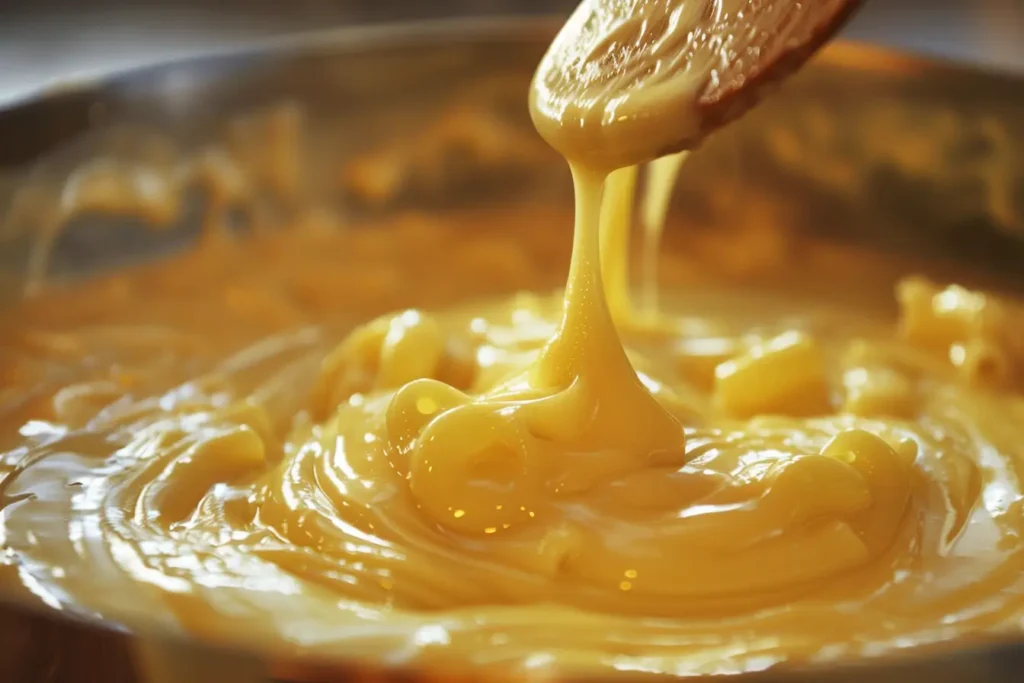
Ingredient Comparison
| Ingredient | Traditional Mac and Cheese | Gordon Ramsay’s Mac and Cheese |
|---|---|---|
| Cheese | Mostly cheddar | Blend of cheddar, Gruyère, Parmesan, Fontina |
| Pasta | Elbow macaroni | High-quality pasta like cavatappi or rigatoni |
| Dairy | Milk, sometimes heavy cream | Heavy cream or a mix of milk and cream |
| Seasonings | Salt, pepper | Dijon mustard, cayenne, nutmeg |
| Extras | Sometimes breadcrumbs | Fresh herbs, crispy topping |
These differences result in a more complex and flavorful mac and cheese that is richer than traditional recipes.
Cooking Techniques
The techniques used in Gordon Ramsay’s mac and cheese also differ significantly from the classic method:
- Slow Cooking Cheese Sauce – Instead of dumping all ingredients in at once, Ramsay slowly melts the cheese for a smooth sauce.
- Layering Flavors – Using mustard, cayenne, and herbs enhances the natural umami of the cheese.
- Baking with a Crispy Topping – Instead of just stovetop cooking, he often finishes the dish under the broiler for a golden crust.
These techniques make a noticeable difference in taste and texture, making the dish more refined and satisfying.
Frequently Asked Questions
What is in Gordon Ramsay mac and cheese?
Gordon Ramsay’s mac and cheese typically includes cheddar, Gruyère, Parmesan, and Fontina, along with milk, cream, butter, Dijon mustard, and fresh herbs. His version stands out due to its depth of flavor and creamy consistency.
What cheese makes the best mac and cheese?
The best cheese for mac and cheese is one that melts well and provides a rich, bold flavor. Cheddar, Gruyère, Fontina, and Monterey Jack are some of the top choices. For an extra creamy version, adding Havarti or Brie can enhance the texture.
For more details on using white cheddar in mac and cheese, check out this guide:
White Cheddar Mac and Cheese
What cheese does Patti LaBelle use?
Patti LaBelle’s mac and cheese recipe includes mild cheddar, Monterey Jack, Muenster, and Velveeta. Her version is known for its ultra-creamy and indulgent texture, which differs from Gordon Ramsay’s gourmet approach.
What is the trick to keeping mac and cheese creamy?
The key to keeping mac and cheese creamy is using high-moisture cheeses, full-fat dairy, and a slow cooking process. Adding a starch stabilizer like flour or cornstarch also helps prevent the sauce from breaking.
Conclusion: Which Cheese Should You Use for the Best Mac and Cheese?
Choosing the right cheese for mac and cheese is essential for achieving the perfect balance of flavor and texture. Gordon Ramsay’s approach emphasizes a blend of sharp cheddar, Gruyère, Parmesan, and Fontina, creating a dish that is both creamy and full of depth.
For those who prefer a more traditional or extra creamy version, cheeses like Monterey Jack, Havarti, and Brie can enhance the richness. Avoiding pre-shredded cheese and using a slow melting process will further ensure a smooth, velvety sauce.
With the right cheese selection and proper cooking techniques, homemade mac and cheese can rival even the most gourmet restaurant dishes.


